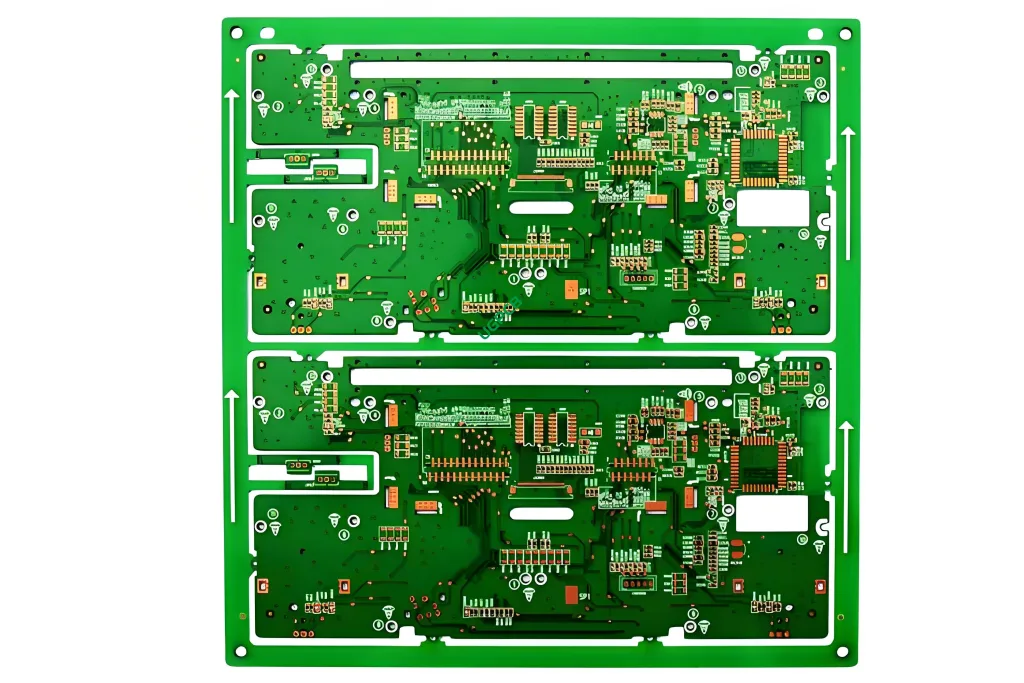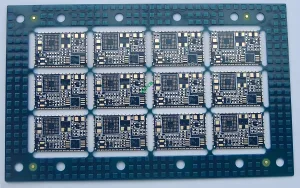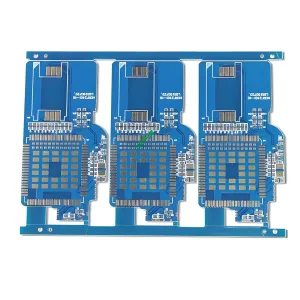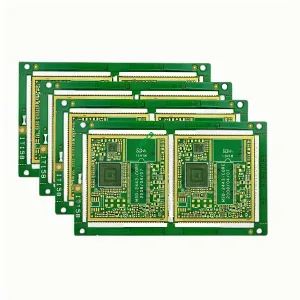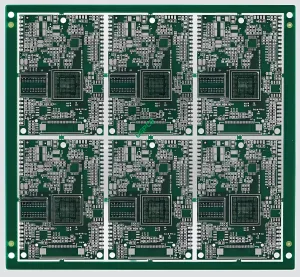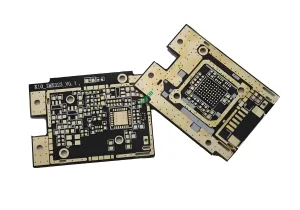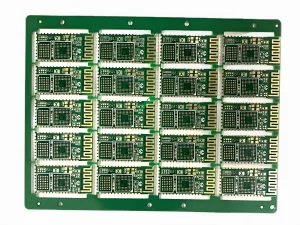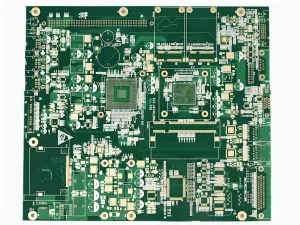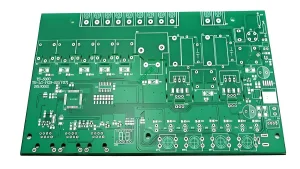4-PCB électronique automobile de couche: Un guide complet
The 4-Layer Automotive Electronic PCB is a critical component in modern vehicles, designed to meet the rigorous demands of automotive electronics. This guide provides an in-depth look at this essential product, covering its definition, design requirements, working principles, applications, classifications, matériels, performance, structure, features, processus de production, and usage scenarios.
What is a 4-Layer Automotive Electronic PCB?
Définition
A 4-Layer Automotive Electronic PCB is a multilayered printed circuit board specifically engineered for use in automotive applications. It integrates various electronic components and facilitates their interconnection, ensuring reliable and efficient operation in vehicles.
Exigences de conception
Designing a 4-Layer Automotive Electronic PCB involves several key considerations:
- Nombre de couches: Four layers provide sufficient complexity to handle advanced automotive electronics.
- Matériel: Made from Shengyi FR4, a high-quality flame-retardant material known for its durability and reliability.
- Épaisseur du cuivre: The copper thickness is 1OZ, which ensures good electrical conductivity and heat dissipation.
- Traitement de surface: Immersion gold treatment enhances the PCB’s conductivity and resistance to corrosion.
- Minimal Trace/Space: With a minimum trace and space of 4mil(0.1mm), it allows for intricate circuit designs.
Comment ça marche?
La carte mère fonctionne en intégrant le CPU avec divers dispositifs périphériques tels que les capteurs, actionneurs, et les modules de communication. Il traite les données de ces appareils et exécute des commandes pour contrôler les actions du robot. Le traitement de surface en or d'immersion améliore les connexions électriques, Assurer des performances fiables.
Applications
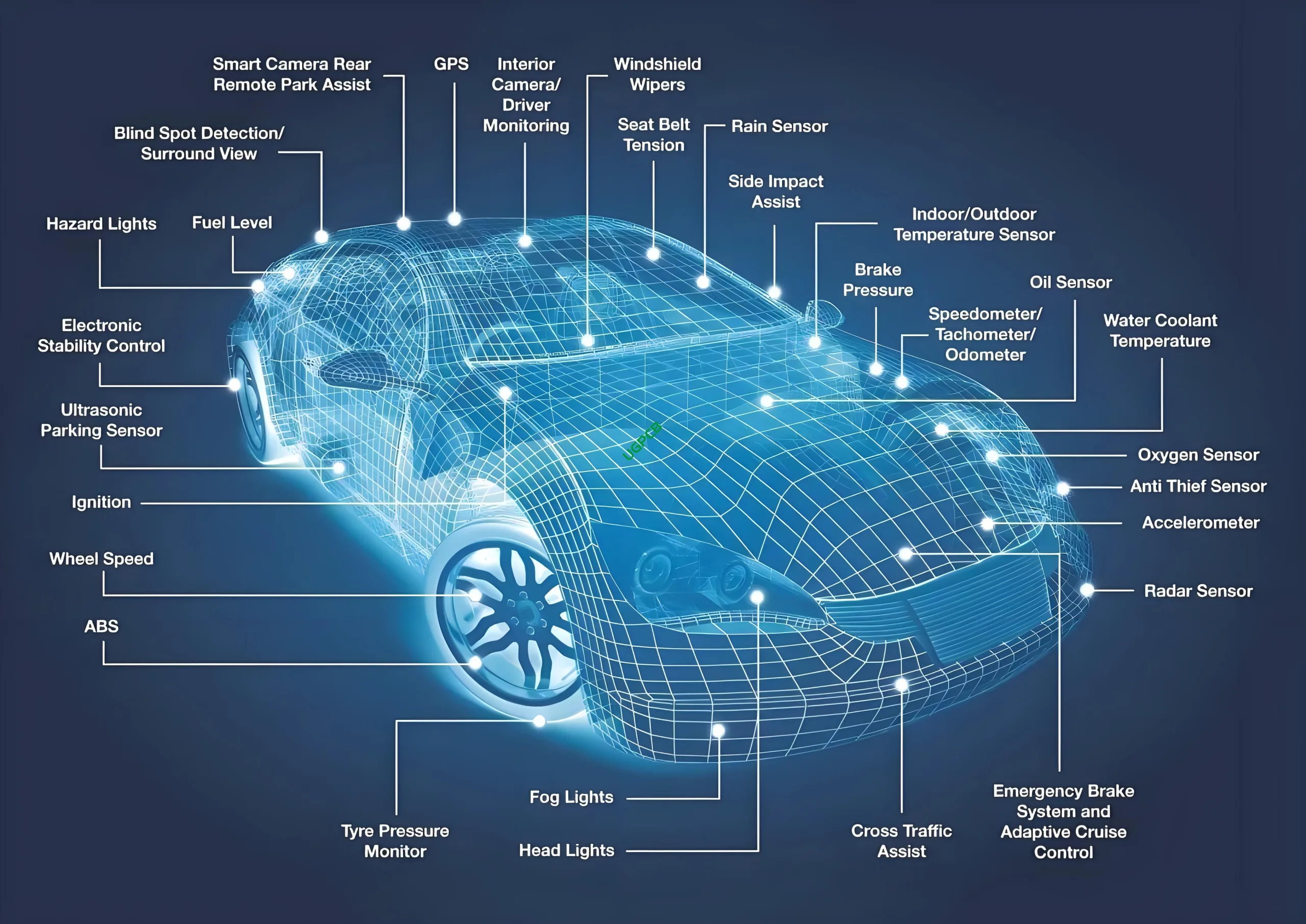
The 4-Layer Automotive Electronic PCB is used in various automotive electronic systems, y compris:
- Engine Control Units (ECUs): Managing engine performance.
- Infotainment Systems: Providing entertainment and navigation functions.
- Safety Systems: Enhancing vehicle safety through features like ABS and airbags.
- Body Control Modules (BCMs): Controlling various body functions like lighting and windows.
Types of 4-Layer Automotive Electronic PCBs
Different types of these PCBs can be categorized based on their specific applications and features:
- Standard Models: Suitable for general automotive electronics.
- High-Performance Models: Designed for demanding applications requiring superior performance.
- Modèles personnalisés: Adapté pour répondre aux besoins et spécifications spécifiques des projets uniques.
Matériel et performance
The Shengyi FR4 material used in these PCBs offers excellent thermal and electrical properties, ensuring stable operation even under harsh automotive conditions. The green and white color scheme helps in identifying different sections during assembly.
Structure et caractéristiques
- Four Layers: Fournit une intégrité accrue du signal et une distribution de puissance.
- Traitement en or immersion: Assure une conductivité et une résistance durables à la corrosion.
- Thick Copper: With a copper thickness of 1OZ, it ensures good electrical conductivity and heat dissipation.
- Fine trace / espace: With a minimum trace/space of 4mil(0.1mm), Il permet des conceptions de circuits complexes et une densité de composants plus élevée.
Processus de production
Le processus de production implique plusieurs étapes:
- Conception: Utilisation du logiciel avancé pour créer la disposition du circuit.
- Fabrication: Coupe, forage, et gravir les couches de PCB.
- Assemblée: Placer et souder des composants sur la planche.
- Essai: Ensuring the PCB functions correctly and meets all specifications.
- Contrôle de qualité: Inspection finale pour garantir la fiabilité et les performances des produits.
Cas d'utilisation
- Automotive Manufacturing: Used by car manufacturers to integrate advanced electronics in vehicles.
- Aftermarket Upgrades: Enhancing vehicle functionality through aftermarket electronic systems.
- Recherche et développement: Used by engineers to develop new automotive technologies.
- Prototypage: Aider les concepteurs à créer des prototypes fonctionnels avant la production de masse.
En conclusion, the 4-Layer Automotive Electronic PCB is a highly specialized and essential component in the field of automotive electronics. Sa conception, matériel, and features are tailored to meet the demands of automotive applications, ensuring efficient and reliable performance across various scenarios.
 LOGO UGPCB
LOGO UGPCB

